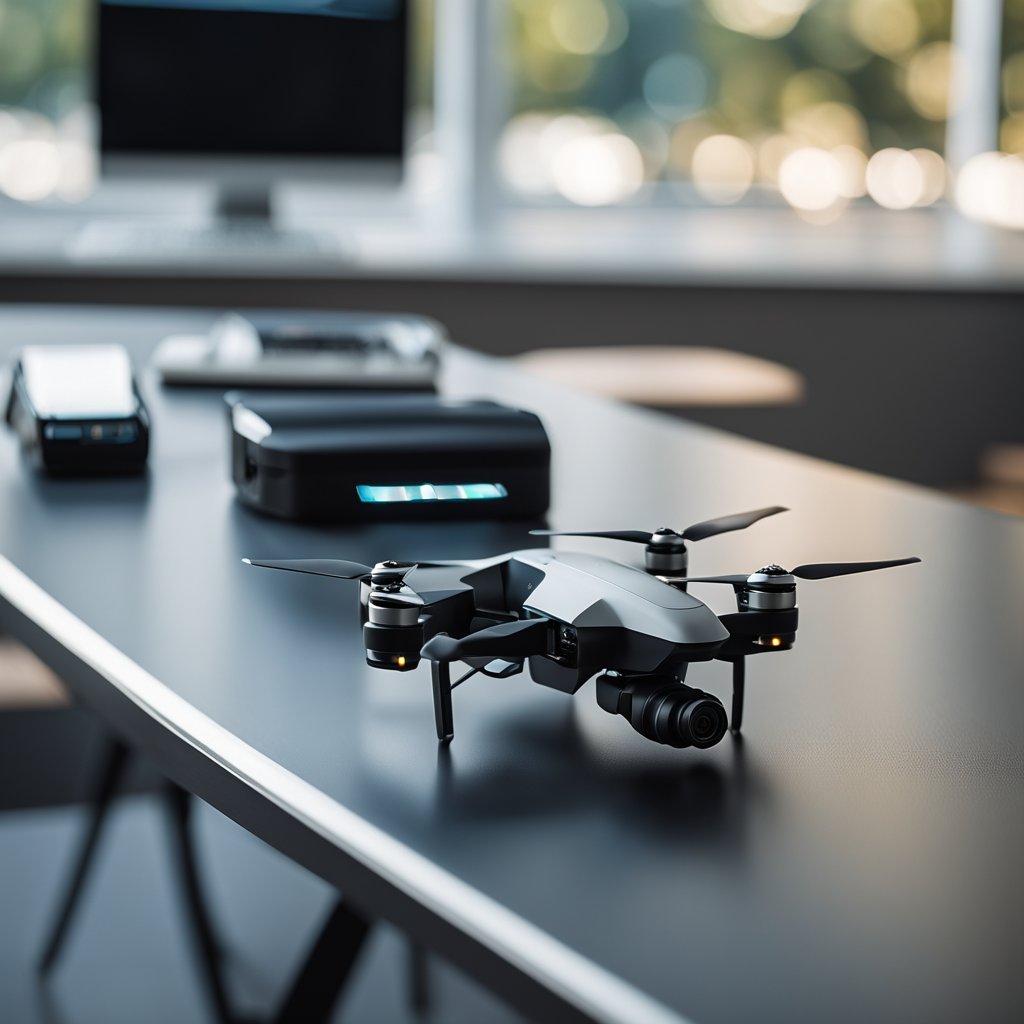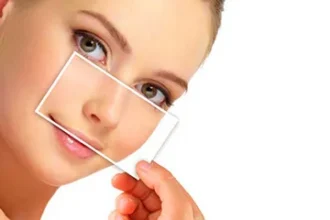Data-driven tools like Neuromatch and EEG software are revolutionizing neurological treatment by enhancing diagnostic accuracy and personalizing patient care. These technologies facilitate the analysis of brain activity, enabling early detection of conditions and improving treatment outcomes through tailored interventions. # How Data-Driven Tools Are Shaping the Future of Neurological Treatment
In recent years, the field of neurology has witnessed a remarkable transformation, largely driven by data-driven tools that enhance diagnostic capabilities and treatment options. Technologies such as Neuromatch and EEG software are at the forefront of this revolution, providing neurologists with the tools they need to analyze brain activity more effectively and personalize patient care. This article explores how these innovations are shaping the future of neurological treatment.
The Rise of Data-Driven Tools in Neurology
Data-driven tools are becoming essential in neurology, neuromatch for more precise diagnoses and tailored treatment plans. Here are some key aspects of how these tools are making an impact:
1. Enhanced Diagnostic Accuracy
- Real-Time Data Analysis: Tools like EEG software enable real-time monitoring of brain activity, allowing neurologists to detect abnormalities that may indicate neurological disorders. This immediate feedback is crucial for conditions such as epilepsy, where timely intervention can prevent further complications.
- Advanced Algorithms: Neuromatch utilizes sophisticated algorithms to analyze complex data sets, helping clinicians identify patterns that may not be visible through traditional diagnostic methods. This leads to more accurate diagnoses and better understanding of patient conditions.
2. Personalized Treatment Plans
- Tailored Interventions: With the insights gained from data-driven tools, neurologists can develop personalized treatment plans that consider individual patient needs. This approach is particularly beneficial for chronic conditions like multiple sclerosis or Parkinson’s disease, where treatment responses can vary significantly among patients.
- Predictive Analytics: By leveraging historical data and predictive analytics, neurologists can anticipate disease progression and adjust treatment strategies accordingly. This proactive approach enhances patient outcomes and quality of life.
3. Improved Patient Monitoring
- Continuous Monitoring: EEG software allows for continuous monitoring of brain activity, providing valuable data that can inform treatment decisions. This is especially important for patients with fluctuating symptoms, as it enables clinicians to make timely adjustments to therapy.
- Remote Patient Management: Many data-driven tools facilitate remote monitoring, allowing patients to be tracked outside of clinical settings. This not only improves patient engagement but also reduces the need for frequent in-person visits, making care more accessible.
The Impact of Neuromatch and EEG Software
The integration of Neuromatch and EEG software into clinical practice is transforming how neurologists approach patient care. Here are some specific impacts of these technologies:
1. Accelerated Research and Development
- Data Sharing and Collaboration: Neuromatch promotes collaboration among researchers by providing a platform for sharing data and insights. This collaborative approach accelerates research and development in neurology, leading to faster advancements in treatment options.
- Clinical Trials: The use of data-driven tools in clinical trials enhances the ability to monitor patient responses and outcomes, making it easier to evaluate the effectiveness of new treatments.
2. Enhanced Patient Engagement
- Patient Portals: Many EEG software platforms include patient portals that allow individuals to access their health data, track their progress, and communicate with their healthcare providers. This transparency fosters a collaborative relationship between patients and clinicians.
- Educational Resources: Data-driven tools often come with educational resources that help patients understand their conditions and treatment options, empowering them to take an active role in their healthcare.
What People Also Ask
What is Neuromatch?
Neuromatch is an advanced digital platform that utilizes machine learning algorithms to analyze brain activity data, helping neurologists make more accurate diagnoses and develop personalized treatment plans.
How does EEG software work?
EEG software records electrical activity in the brain through electrodes placed on the scalp. This data is then analyzed to identify patterns that may indicate neurological disorders.
What are the benefits of using data-driven tools in neurology?
Data-driven tools enhance diagnostic accuracy, enable personalized treatment plans, improve patient monitoring, and facilitate research and collaboration among healthcare professionals.
Can data-driven tools help in early detection of neurological disorders?
Yes, by analyzing brain activity in real-time, data-driven tools can help detect abnormalities early, allowing for timely intervention and improved patient outcomes.
How do these tools improve patient engagement?
Data-driven tools often include patient portals and educational resources that empower patients to take an active role in their healthcare, fostering better communication with their providers.
Are data-driven tools secure?
Reputable data-driven tools prioritize data security and comply with regulations to ensure that patient information is protected and handled appropriately.
How can clinics implement data-driven tools?
Clinics interested in adopting data-driven tools should assess their specific needs, research available options, and consider factors such as ease of use, integration capabilities, and customer support.
Conclusion
Data-driven tools like Neuromatch and EEG software are revolutionizing the landscape of neurological treatment. By enhancing diagnostic accuracy, personalizing patient care, and improving patient monitoring, these technologies are paving the way for a future where neurological disorders can be managed more effectively. As the field continues to evolve, embracing these innovations will be essential for improving patient outcomes and advancing the practice of neurology.




